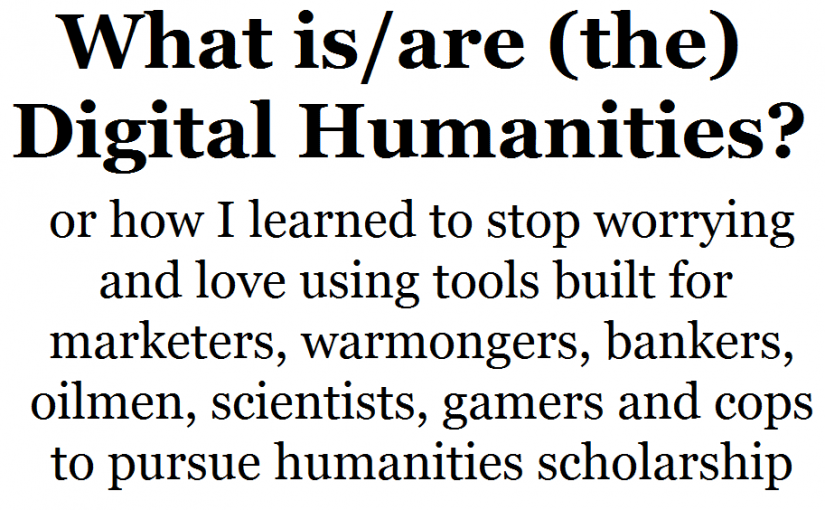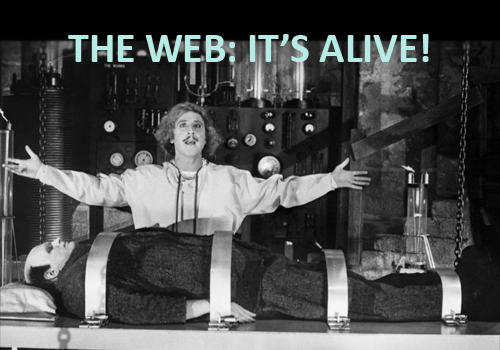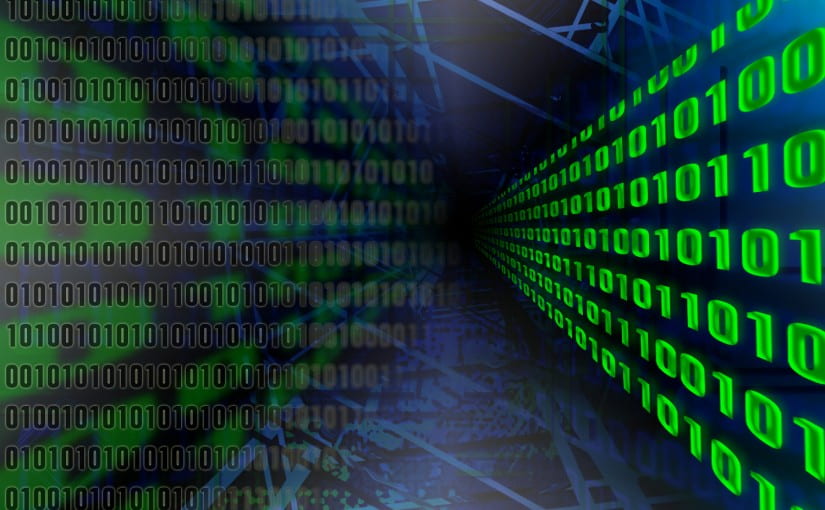What was the price of coffee in 1920? Today, for my second day as a Digital Scholarship Summer Intern at Amherst College’s Frost Library, I explored The New York Public Library’s digital initiative, “What’s on the Menu?”. Could questions like the coffee question be potentially answered through digital scholarship? “What’s on the Menu” is a crowdsourcing initiative that seeks everyday people beyond the NYPL staff to help transcribe menus from a vast array of historical periods from around the world. Eventually, scholars could easily look up specific dishes and prices in these menus rather than rely on the menu titles for their research. Evaluating “What’s on the Menu?” provided me with a platform for planning the digital program that I will work on along with other interns and library staff.
Our society seems to like binaries quite a bit, whether they are gender binaries or the academic binaries we artificially create between the humanities and the sciences. Before, I never considered technology and science as potential aspects of my professional life, confining myself in a self-imposed false binary of humanities versus science. Today, I’m starting to work with the humanities and technology side-by-side, learning to respect them as distinguishable but interconnected fields.
Continue reading Digitizing History: My First Thoughts on Digital Scholarship




